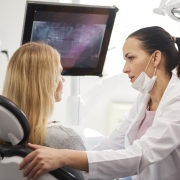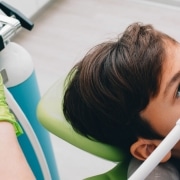What Is Maxillofacial Surgery?
Maxillofacial surgery might sound intimidating, but it simply refers to procedures that are designed to treat the face, neck, head, mouth, teeth, or gums. A surgeon in this field will have advanced training on how to diagnose, manage, and treat these complex diseases or injuries that impact any of the core areas.
You might be surprised to learn just how many young people require maxillofacial services. The right dentist in Victorville, CA can make all the difference in terms of adult oral health. Learn more about how it works, when it’s needed, and who you can turn to for help.
How Maxillofacial Surgery Works
This speciality is one that’s recognized by the American Dental Association, and typically reserved for advanced conditions that require speciality education. A surgeon’s experience includes four years of dental school and an additional 4-6 years of training. These extra years are pivotal to give them an understanding of this complex field of study.
When It’s Needed
Maxillofacial surgery in Victorville, CA is typically needed for:
- Impacted teeth extractions
- Cleft palates/lip
- Corrective jaw surgery
- Facial reconstruction
- Cosmetic surgery
- Implants
- Joint alignments
- Gum tissue removal
- Oral tumor removals or biopsies
- Airway reconstruction
Children and teens may require this type of surgery if they suffer from sleep apnea or if they’ve gone through a recent trauma (e.g., a car accident, etc). These are procedures that can not only help people breathe better, but also stave off any number of more complex health disorders in the future.
Visit a Dentist in Victorville, CA
- Paul S. Bell, D.D.S. Inc. is a pediatric dentist who specializes in children, teens, and young adults, and he’s seen just how much the right surgical procedure can change someone’s life. If you’re interested in finding out more about these procedures, contact our office today.


